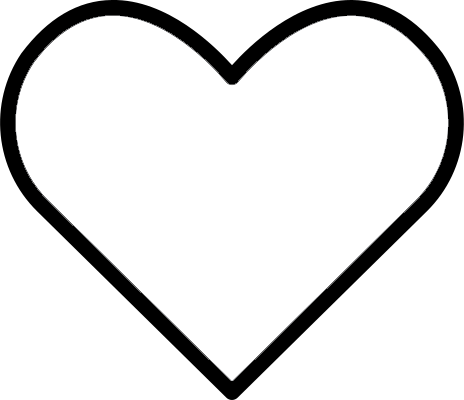Rotary Digital Print
Direct to product rotary digital printing involves the transfer of UV ink directly from inkjet print heads and can be used to produce detailed artwork using both closely matched spot colours and full colour branding.
Advantages
- Ideal for large or complex full colour prints.
- The print is dry and ready to ship as soon as the product is printed.
- Only one setup charge is required regardless of the number of print colours.
- No loss of print vibrancy, even on darker products.
Limitations
- Production speed is limited so lead times can be longer in some cases.
- Some colours cannot be reproduced including metallic and neon/fluorescent colours.
- As the print does not wrap completely around the product, there is a small gap between the start and end of the print.
- More expensive than other branding options.
Artwork Requirements
- Artwork can be supplied in either vector or bitmap format.
- Supplied bitmaps must be higher than 300DPI resolution at the actual print size.
- Fonts are advised to be converted to outlines/objects to avoid font conflicts.
Digital Print
This production method is used for printing media such as paper, vinyl and magnetic material used in the manufacture of labels, badges, and fridge magnets etc. This printing process uses CMYK values.
Advantages
- Ideal for producing vivid full colour images as well as closely matched spot colour branding.
- Can print variable data including individual names.
- Only one set up charge is required regardless of the number of print colours.
- Can be cut to custom shapes.
- Edge-to-edge branding can be achieved.
Limitations
- Metallic and neon/fluorescent colours are not available.
- White print cannot be produced on clear, silver or gold stock.
Artwork Requirements
- Artwork can be supplied in either vector or bitmap format.
- Supplied bitmaps must be higher than 300DPI resolution at the actual print size.
- A 3mm bleed should be added to the artwork if it bleeds off the product.
Direct Digital
Direct digital printing involves the transfer of ink directly from the print heads of an inkjet machine to the product and can be used to produce both full colour and closely matched spot colour branding on flat or slightly curved surfaces.
Advantages
- Ideal for printing dark coloured products as a layer of white ink can be printed under the artwork.
- Can print variable data including individual names.
- Dried instantly so products can be shipped immediately.
- Offers larger print areas on many products and can print very close to the edge of flat products.
- Only one set up charge is required regardless of the number of print colours.
Limitations
- Some colours cannot be reproduced including metallic and neon/fluorescent colours.
- The size of branding areas is limited on curved surfaces.
- Larger print areas can be more expensive.
Artwork Requirements
- Artwork can be supplied in either vector or bitmap format.
- Supplied bitmaps must be higher than 300DPI resolution at the actual print size.
- A 3mm bleed must be added to the artwork if it bleeds off the product.
Silicone Digital Print
This production method is a CMYK+W digital branding process designed specifically for silicone surfaces.
Advantages
- Provides crisp, clear, high-definition artwork.
- Durable, flexible branding that can be hand washed.
- Perfect for printing dark coloured products as a layer of white ink can be printed under the artwork.
- Ideal for producing full colour images as well as approximate spot colour branding.
- Has a matt finish and does not crack or fade with typical use of product.
- Only one set up charge is required regardless of the number of print colours.
Limitations
- Some colours cannot be reproduced including metallic and neon/fluorescent colours.
- Unable to print variable data.
- Minimum detail is advised to be no finer than 0.7mm.
Artwork Requirements
- Artwork can be supplied in either vector or bitmap format.
- Supplied bitmaps must be higher than 300DPI resolution at the actual print size.
- Fonts are advised to be converted to outlines/objects to avoid font conflicts.
Digital Label
Digital adhesive labels are used to brand products that cannot be branded with any other method. They are printed with a digital printing press and applied to the product.
Advantages
- Ideal for producing vivid full colour images as well as closely matched spot colour branding.
- Can print variable data including individual names.
- Only one set up charge is required regardless of the number of print colours.
- Edge-to-edge branding can be achieved.
- Can be cut to custom shapes.
Limitations
- Metallic and neon/fluorescent colours are not available.
- White print cannot be produced on clear, silver or gold stock.
Artwork Requirements
- Artwork can be supplied in either vector or bitmap format.
- Supplied bitmaps must be higher than 300DPI resolution at the actual print size.
- A 3mm bleed should be added to the artwork if it bleeds off the product.





